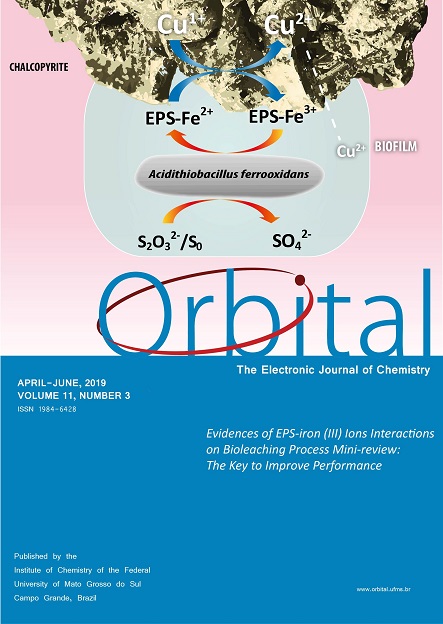Hydrocarbons as Proton Receptors and Evidences of Unconventional and Unusual π···H, p-π···H and C···H Hydrogen Bonds
- acetylene,
- ethylene,
- cyclopropane,
- hydrogen bond
Copyright (c) 2019 Orbital: The Electronic Journal of Chemistry

This work is licensed under a Creative Commons Attribution-NonCommercial-NoDerivatives 4.0 International License.
Abstract
In this current work, a brief historical narrative of the most popular theories that decisively aid in the comprehension of the hydrogen bond formation is presented. As is well-known, the valence bond theory was efficiently suitable to certify the electronic structure of Lewis acids/bases, in particular the fluorine, oxygen and nitrogen as high charge density sources, and as such the homodimers of 2(HF), 2(H2O) and 2(NH3) were framed as reference systems. Regarding the π bonds of acetylene and ethylene as well as the p-π (pseudo unsaturated bond) clouds of cyclopropane, these compounds belong to a distinct group of proton receptors by which the π···H, p-π···H and C···H hydrogen bonds are formed.


